Is there a way of having my Azure WebJob automatically deploy without needing to right click and select "Publish as Azure WebJob" every time? i.e. when I check-in my solution it is automatically deploy to the Azure Portal webjob section
4 Answers
While I tried to accomplish this, I found out that there is no tooling support for dotnet core projects as of now. The proposed webjobs.props/ msbuild solutions are all dotnet framework specific.
However I also found out that a webjob can be anything that's executable on the local machine (could be node.js or just a batch command).
The key is to understand how WebJobs are recognized by the host:
- A WebJob on a Windows host is (by what I gathered from experimenting with it) just a
run.cmdfile that contains instructions on how to start the webJob. For dotnet core that would bedotnet MyDll.dll %*(%*to pass arguments for output redirection etc. down from the host). - Now depending on wether the job is continuous or triggered the
run.cmdfile needs to be located either atapp_data/jobs/continuous/[NameOfJob]orapp_data/jobs/triggered/[NameOfJob]. For the triggered job you could also add a schedule using asettings.jobfile like described here. - If there is a
run.cmdat the proper location it will be recognized as a WebJob
Now to deploy a webjob using VSTS regardless of the runtime framework follow these steps:
- Build/Publish your WebJob if necessary to get the executables
- Add a run.cmd file next to your webjob executables that contains the proper startup instructions. You could also add
settings.jobhere if needed. - Create the folder hierarchy
app_data/jobs/[triggered/continuous]/[nameOfJob]and copy your executables into the lowest folder. Make surerun.cmdis directly under the[nameOfJob]/directory - Zip the app_data folder so that the zip-package contains the entire hierarchy
- Publish your zip file using the normal Azure App Service Deployment task (just like deploying the web app)
And that's it.
- 1,361
- 15
- 19
Yes you can.
Brady Gaster has written about this on a blog post (haven't tried it myself).
From what I gather, the TL;DR; summary is the following:
add a file named webjobs.props to the properties folder of the Web Application Project or Console Application you’re publishing
After that, edit the file so the ManagementCertificate, SubscriptionId and PublishSettingsPath are filled with correct data.
Now you should be able to publish the files using the command
msbuild WebJobDemo.Web.csproj /p:DeployOnBuild=true /p:PublishProfile=WebJobDemo /p:VisualStudioVersion=12.0 /p:Password=asdfasdf
(Note, post is written for VS2013)
Afterwards you should see something like this.

You could of course automate this in VSTS (or any other build/deployment tool for that matter) whenever something is checked in to your repository.
A (rather complete) answer on how to do this in VSTS via the command-line can be found in this answer: https://stackoverflow.com/a/45703975/352640
- 4,244
- 1
- 40
- 64
You can do it through Continuous Integration Build (trigger the build once check in).
Regarding deploy WebJob, you can generate a package through Visual Studio Build task with /p:DeployOnBuild=true /p:WebPublishMethod=Package /p:SkipInvalidConfigurations=true /p:PackageLocation="$(build.stagingDirectory)" argument.
Then deploy it through Azure App Deployment task.
More information: Deploying and Schedule Azure WebJobs from VSTS to Azure Web App
- 33,174
- 2
- 29
- 53
In Visual Studio in order to enable automatic WebJobs deployment together with a Web project right-click the Web project in Solution Explorer, and then click: Add > Existing Project as Azure WebJob and create your WebJob.
More details can be found in an article by MS - webjobs-dotnet-deploy-vs
- 1,165
- 1
- 11
- 12
-
While this link may answer the question, it is better to include the essential parts of the answer here and provide the link for reference. Link-only answers can become invalid if the linked page changes. - [From Review](/review/low-quality-posts/22174635) – Bsquare ℬℬ Feb 11 '19 at 13:10
-
I got it and tried to improve the answer. Thanks for feedback. – Honza P. Feb 11 '19 at 13:34